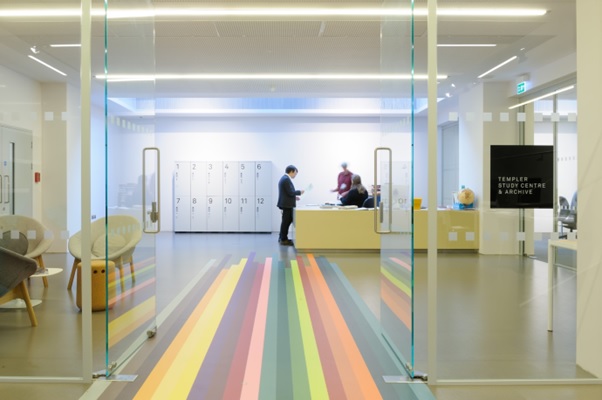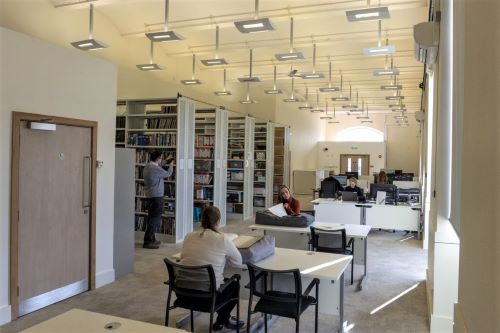We are delighted to present three of Library Hub Discover’s specialist libraries: The National Army Museum, National Museum of the Royal Navy and the Institute of Naval Medicine.
Their unique collections offer exciting research opportunities to learn about the history of the British army and navy and their impact on the wider world. These preserved cultural heritage collections have inspired historians, authors, fashion designers, media, and family historians to use them for their research. We explore the types of resources that these libraries provide access to and that can be discovered through Library Hub Discover.
National Army Museum

The National Army Museum’s collection is the world’s largest, and most significant, accumulation of artefacts relating to the British Army and other Land Forces of the British Crown (including the former Indian Army until 1947).
The museum’s collection of printed books and periodicals is one of the largest in its field in the UK and is readily accessible to the public. The collection contains volumes published since the early sixteenth century to the present, and includes extensive holdings of regimental histories, campaign histories, biographies, Army Lists, and other official publications.
It is an excellent resource for exploring and researching the history of the British Army with over 55,000 books and periodicals, 3,760 maps and charts, and 10,000 separate photographic collections available to view.
Find out more about the library and how to access these collections on their Discover information page.
National Museum of the Royal Navy Library

The National Museum of the Royal Navy library is a specialist collection relating to the epic story of the Royal Navy, its impact on Britain and the world from its origins in 625 A.D. to the present day.
It is the most comprehensive collection of Royal Navy heritage in the UK. Collections date from 1640 to the present, including the history of the Corps of the Royal Marines, the Fleet Air Arm and Submarine Service.
Highlights of the collection include the Photo Album of the HMS Challenger scientific expedition 1872-1876 and the G. Stuart Leslie and Jack M. Bruce collection of First World War aviation photographs.
Find out more about the library and how to access these collections on their Discover information page.
Institute of Naval Medicine – Historic Collections Library

The Institute of Naval Medicine (INM) is a Centre of Excellence bringing together scientists and medical professionals to improve the health of the UK Armed Forces.
The Historic Collections Library is in INM’s Monckton House, built in the 1840s as the residence of a local brewer. The books it holds were the working collections of the Victorian naval surgeons and physicians at the Royal Naval Hospitals of Haslar (Gosport) and Stonehouse (Plymouth), with a few titles from other naval establishments. The collections now comprise one of the few specific resources for naval medical history.
As well as medical and surgical coverage, there is material on all areas of natural history, but especially medical botany, and on ethnology and voyages of travel and exploration, including Polar exploration. The bulk of the collection was accumulated between 1828 and 1878. Although the earliest book dates to 1564 and there are many 17th and 18th century medical texts; a bequest from one naval surgeon accounts for a scatter of classical and early 19th-century European literature.
Both collections survived air-raid attacks on their separate homes in Stonehouse and Haslar during the Blitz, and signs of the resultant damage are still evident on some of the books. Naval surgeons and physicians such as Dr James Lind (“Father of Naval Medicine” and researcher on scurvy), Sir Gilbert Blane, Sir John Richardson and Dr Alexander Bryson are well-represented.
Also on display in the Historic Collections Library are surgical instruments, medical ceramics, pictures, and other naval medical memorabilia. Some of these come from the older collections, while others have been more recently donated.
Find out more about the library and how to access these collections on their Discover information page.
More information
- View full list of Discover libraries, with details of their collections
- Watch our introductory video on using Discover
- Find out how to conduct basic and advanced searches
- Follow us on X @JiscLibraryHub
All images reproduced with kind permission of the copyright holder

